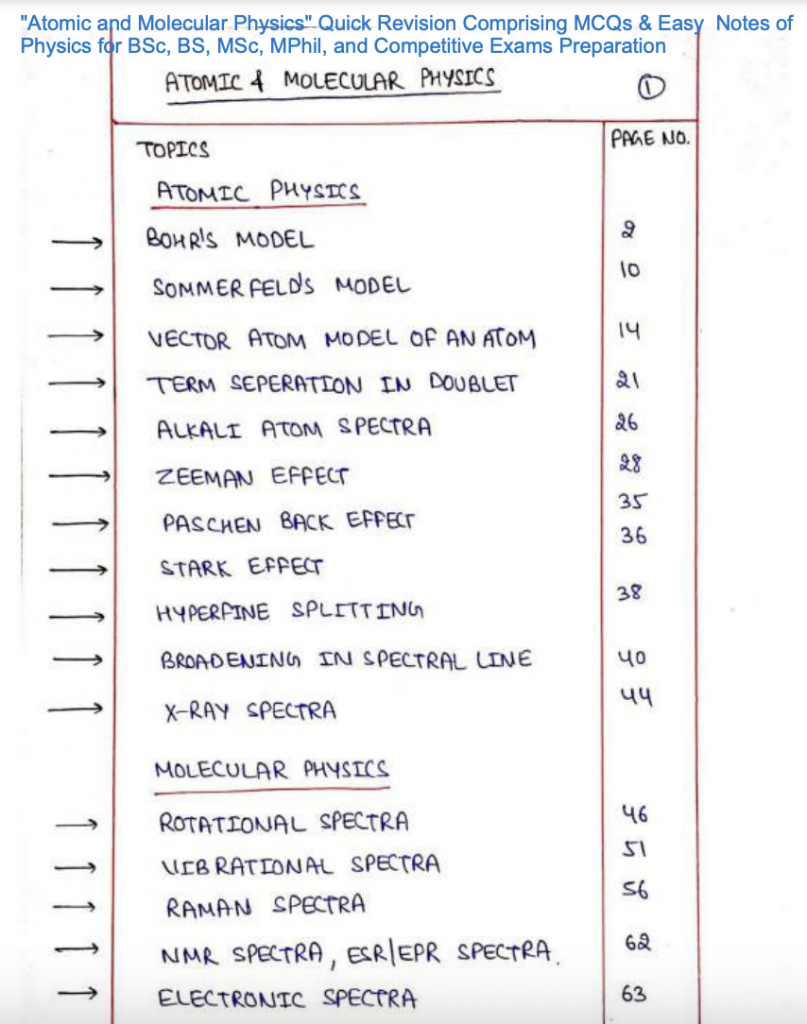Atomic and Molecular Physics
Summary:
Atomic and molecular physics is a branch of physics that focuses on the study of atoms, molecules, and their interactions. It seeks to understand the fundamental properties and behaviors of matter at the atomic and molecular levels. By investigating these systems, scientists can gain insights into the nature of matter, its structure, and the forces that govern its behavior.
At the atomic level, researchers explore the structure and properties of individual atoms. They investigate the electronic configurations, energy levels, and spectral properties of atoms, which are crucial for understanding phenomena such as atomic absorption, emission, and scattering of light. The study of atomic physics also involves examining the behavior of atoms in external fields, such as magnetic and electric fields, and the manipulation of atoms using techniques such as laser cooling and trapping. These investigations have paved the way for advances in fields like quantum computing and precision measurements.
Moving to the molecular level, atomic and molecular physicists examine the interactions and dynamics of molecules. They investigate the bonding between atoms in molecules, molecular spectra, and the vibrational and rotational motions of molecules. Understanding these processes is vital for various scientific disciplines, including chemistry, biochemistry, and materials science. Molecular physics provides insights into chemical reactions, molecular spectroscopy, and the behavior of molecules in complex environments.
Furthermore, atomic and molecular physics plays a crucial role in elucidating the principles that underpin many technological advancements. For instance, it is the foundation for the development of lasers, which have revolutionized fields such as telecommunications, medicine, and materials processing. Atomic and molecular physics also contributes to the fields of atomic clocks, quantum information science, and nanotechnology.
Excerpt:
Atomic and Molecular Physics
In recent years, the field has witnessed significant progress due to advancements in experimental techniques and theoretical methods. Scientists can now manipulate and control individual atoms and molecules with unprecedented precision. They can probe ultrafast processes and observe phenomena at extremely low temperatures. These advancements have opened up new frontiers for scientific exploration and practical applications.


Reviews